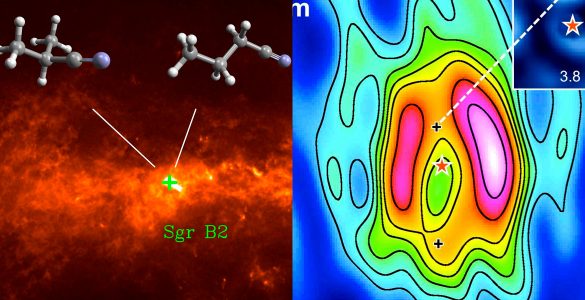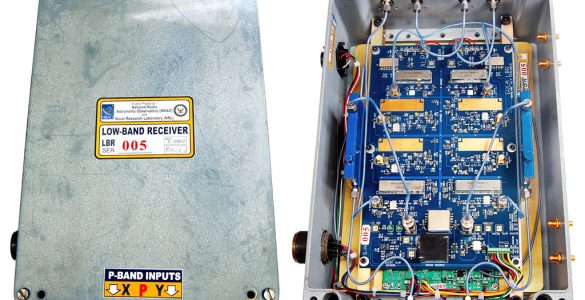Latest NRAO News
News is managed by NRAO News & Public Information. Questions about News? Have a story to share? Want to interview a scientist or create new media about our telescopes?

Highly-detailed radio-telescope images have pinpointed the locations where a stellar explosion called a nova emitted gamma rays, the most energetic form of electromagnetic waves. The discovery revealed a probable mechanism for the gamma-ray emissions, which mystified astronomers when first observed in 2012.

ALMA finds new organic molecule; VLA reveals details of still-forming planetary system; NRAO patent for new radio synthesizer.

ALMA and VLA team up with other observatories for best view ever of merging galaxies in the distant Universe.

VLBA measures expansion in the current Universe; VLA measures starting temperature for star formation; RATs celebrate 25th anniversary at Green Bank.

Astronomers using the Very Large Array and the Chandra X-Ray Observatory have produced a spectacular image revealing new details of violent collisions involving at least four clusters of galaxies.

Merging galaxy clusters, big boost for big data, and exciting sessions at the 2014 AAAS meeting

Messier 82, the galaxy in which the nearest supernova in decades recently exploded, also is the closest galaxy that is undergoing a rapid burst of star formation, known as a starburst.

Using the new capabilities of the upgraded VLA, scientists have discovered previously unseen binary companions to a pair of very young protostars.

The VLA will get a new system allowing it to continuously monitor the sky to study the ionosphere and detect short bursts of radio emission from astronomical objects.

VLBI between West Virginia and Shanghai and the world’s first radio sundial.





